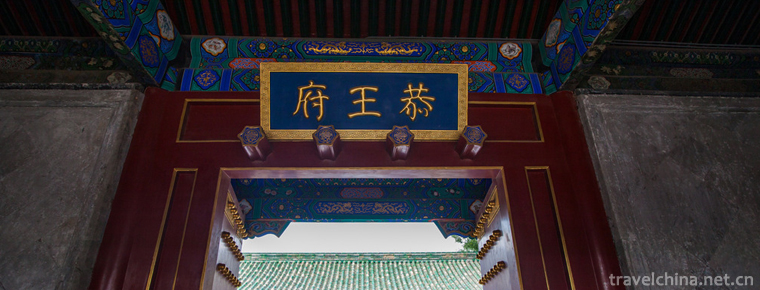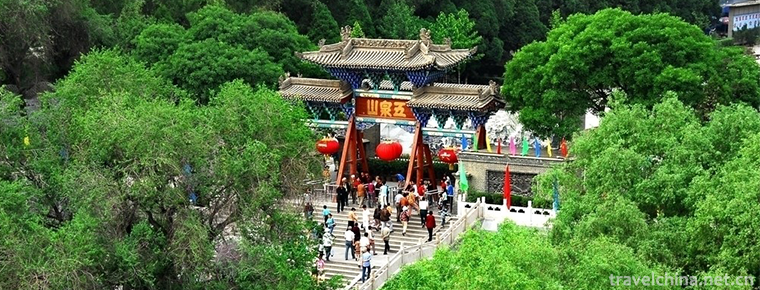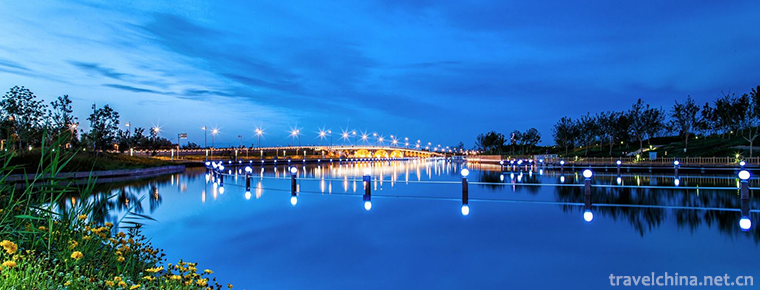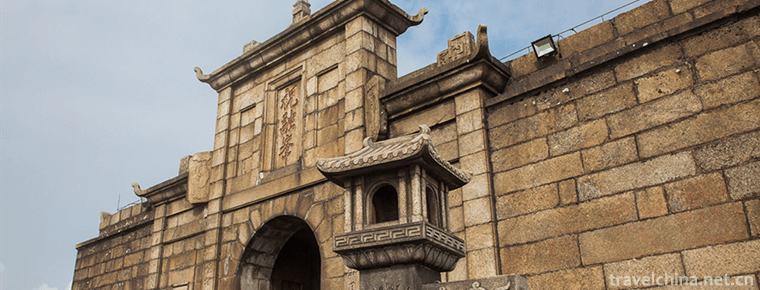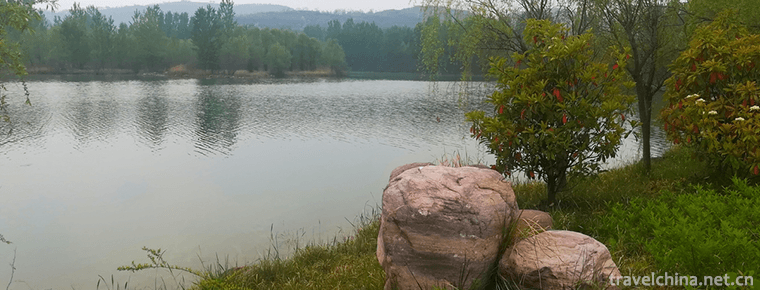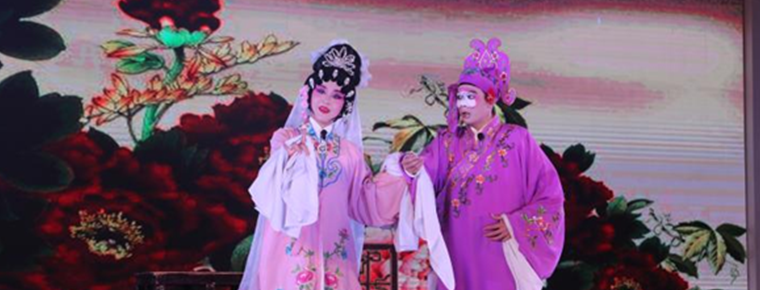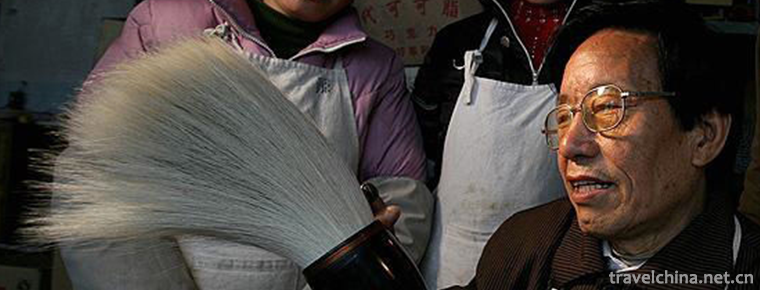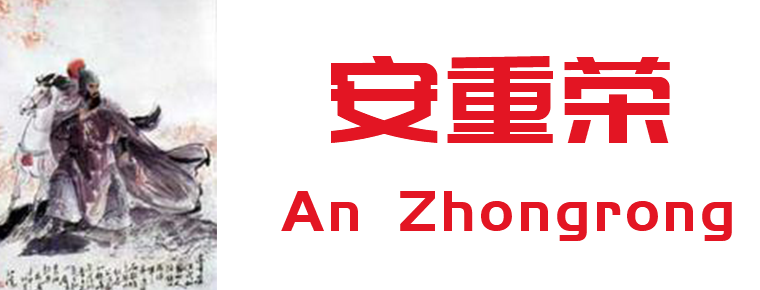Harbin Jinyuan Cultural Tourist Area
Harbin Jinyuan Cultural Tourist Area
Harbin Acheng Jinyuan Cultural Tourist Area, the capital of Jin Dynasty from 1115 to 1234, is the only well-preserved capital site of Jin Dynasty. Up to now, the Royal City's Wumen Gate and palace building sites are well preserved, while the outer city wall, urn city, horse face, corner tower and moat sites still exist.
Climate type
Continental Monsoon Climate in the Middle Temperature Zone
Protection type
National Key Cultural Relics Protection Units
A Cheng is a historic city with rich cultural accumulation. In 1115, Nvzhen leader Wan Yan Aguta established the prestigious Great Jin Empire here, which lasted for 38 years through the four emperors of Jin Taizu, Taizong, Xizong and Hailing. It was the largest metropolitan and political, economic, military and cultural center in Northeast Asia in the 12th century. It produced many important figures and events that had an important impact on the development of Chinese history and left behind a long history of precious cultural relics. The brilliant Jinyuan culture is an important source of the national culture of the Black Land, a treasure of the Chinese national culture, and has become a unique tributary of the Chinese nation's civilization, which has endowed the proposed Jinyuan cultural tourist area with rich historical and cultural heritage.
Harbin Acheng Jinyuan Cultural Tourist Area is the second batch of national 4A level tourist areas.
There are eight exhibition halls: 1. Development of Jin Shang Jing; 2. Economic and Cultural Exhibition of Jin Shang Jing; 3. Mawangdui-King Wanyan Banquet Fuxi Tomb Exhibition; 4. Bronze Mirror Exhibition; 5. Exhibition of Collections of Cultural Relics; 6. Exhibition of Collections and Paintings of Library; 7. Modern Crafts, Paintings and Calligraphy Exhibition; 8. Imperial City Site.


-
The Prince Gongs Mansion
Liu Yin Street, Xicheng District, Beijing, China.
Views: 211 Time 2018-10-12 -
Five spring mountain
Wuquan Mountain is located at the northern foot of Gaolan Mountain, south of Lanzhou City. It is a famous Longshang resort with a history of more than 2,000 years.
Views: 152 Time 2018-12-22 -
Karamay River Scenic Area
The Karamay River, also known as the Chuancheng River, originates from Jiulongtan in the northeast of the city. It zigzags through the Xiyuetan Reservoir (also known as Aikule) .
Views: 125 Time 2018-12-23 -
Hengshan Scenic Area
Hengshan Scenic Area, located in Nanyue District of Hengyang City, is a holy place of Quanzhen sect, the mainstream Taoist religion, with an elevation of 1300.2 meters. Because the climate conditions .
Views: 144 Time 2019-01-16 -
Weihai Tianmu Hot Spring Resort
Tianmu Hot Spring Resort Project invested 600 million yuan by Zhuhai Tianmu Group. A total of 35,000 square meters were opened in September 2008..
Views: 80 Time 2019-02-22 -
Xiaolangdi Dam
Xiaolangdi, the Yellow River Xiaolangdi, is located in the Yellow River Xiaolangdi Scenic Area at the junction of Luoyang City and Jiyuan City, Henan Province..
Views: 315 Time 2019-02-25 -
Hua Chao Opera
Huachao Opera, a local traditional drama in Zijin County, Guangdong Province, is one of the national intangible cultural heritage..
Views: 117 Time 2019-05-04 -
Xuanbi Production Skills
Xuanbi has a long history. Originated in the Qin Dynasty, it flourished in the Tang and Song Dynasties. At the end of Song Dynasty and the beginning of Yuan Dynasty, there were frequent wars, and the .
Views: 143 Time 2019-07-09 -
An Zhongrong
An Zhongrong (- 942 years), Zi tie Hu, Shuozhou (now Shuozhou, Shanxi). The generals of the Five Dynasties and Ten Kingdoms during the late Tang Dynasty and the Late Jin Dynasty..
Views: 263 Time 2019-09-11 -
Natural resources of Panzhihua
Panzhihua is rich in hydropower resources, with theoretical reserves of more than 6.879 million kilowatts and exploitable capacity of 5.994 million kilowatts. The distribution of hydropower resources in Panzhihua area is concentrated, mainly distributed in the Jinsha River and Yalong River, as well as the tributaries of Anning River, Yongxing River and Tengqiao river..
Views: 293 Time 2020-12-14 -
Deyang Sports
In 2017, Deyang City built 791 national fitness routes and 608 national fitness projects. At the end of the year, there were 10 public stadiums and stadiums, and the annual sales of sports lottery tickets were 160 million yuan..
Views: 340 Time 2020-12-14 -
History of Dazhou
Dazhou area belonged to Liangzhou in Xia Dynasty and Yongzhou in Yin Dynasty. The earliest indigenous people were the Cong people, who established the state of Cong (now tuxi Town, Quxian county). In the early Warring States period, Ba people migrated fro.
Views: 204 Time 2020-12-20
